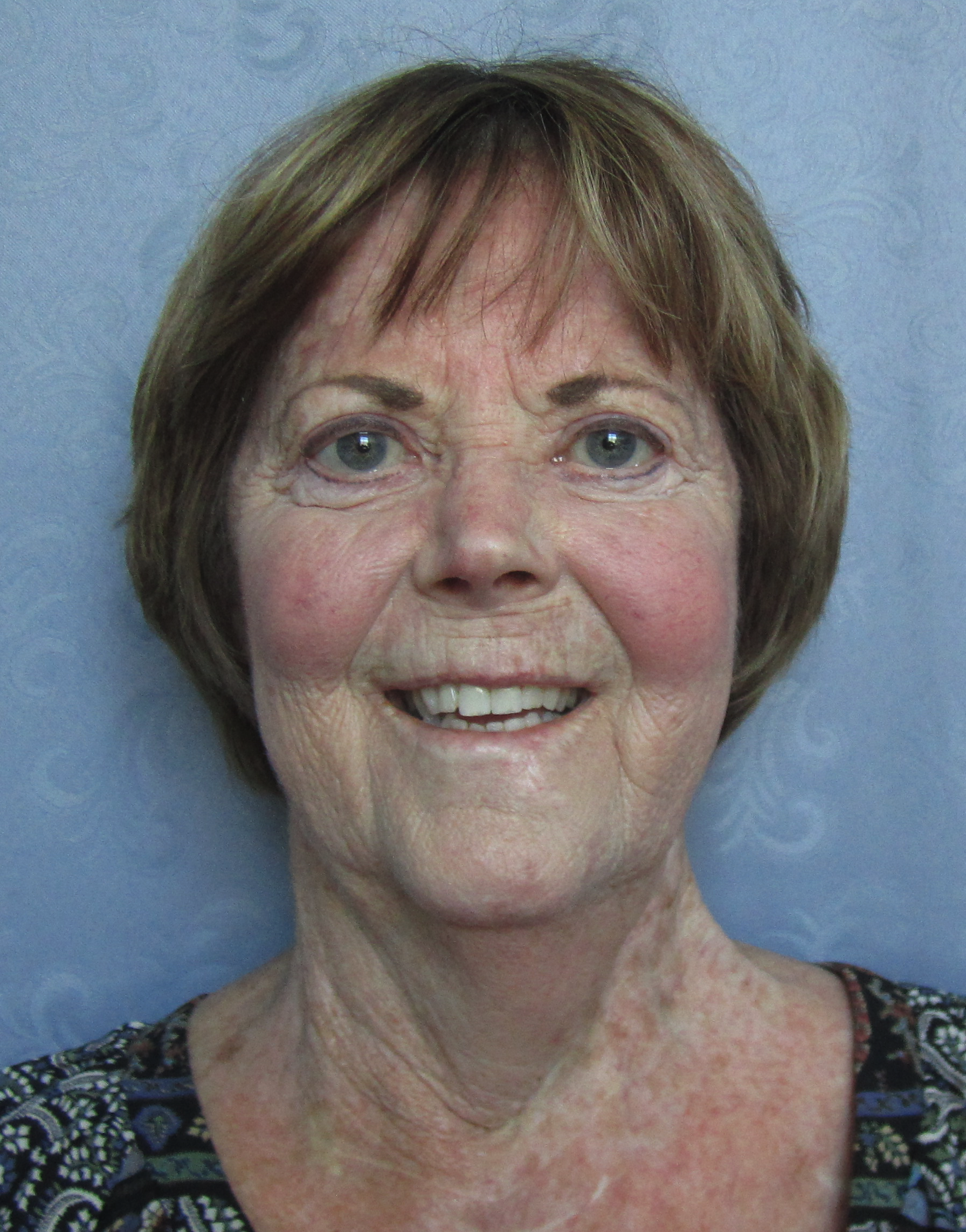-
Medical
Topical chemotherapy
Uses anticancer agents, like 5-fluorouracil (Efudex, Carac), to treat cancerous cells. Only FDA-approved for superficial basal cell carcinoma in specific circumstances.
Topical immunomodulators
Creams that contain imiquimod (Aldara) have some success in stimulating an immune response against tumor cells. Only FDA-approved for superficial basal cell carcinoma or squamous cell carcinoma in situ in specific circumstances.
-
Surgical
- Curettage and Electrodesiccation
- Tumor cells are scraped away with a curette, a semi-sharp, scoop-shaped instrument. The area is cauterized with an electric needle to control bleeding and treat any remaining tumor cells. Only appropriate for superficial or nodular basal cell carcinoma or squamous cell carcinoma in situ in specific circumstances.
- Surgical Excision
- Standard surgical excision cuts the cancer from the skin along with a rim of the healthy tissue around it to ensure the entire tumor is removed. Unless there are circumstances where Mohs microgcrographic surgery are indicated, this is the most commonly used method for excising skin cancer with 5-year cure rates of 90-95%.
Mohs micrographic surgery
- Mohs micrographic surgery refers to a type of highly specialized surgical technique for the removal of complex skin cancers.
- Mohs micrographic surgery has the highest five-year cure rates for treatment of both primary (96%) and recurrent (90%) skin cancers.
- The purpose of this technique is to remove all of the cancerous tissue and as little surrounding healthy tissue as possible. In addition, this method is used to remove large tumors, those in hard-to-treat places, and cancers that have recurred.
- The cancer is shaved off one thin layer at a time. Each layer is examined under a microscope. This process is repeated until the entire tumor is removed. This method should be used only by Mohs surgeons, dermatologists who are specially trained in this type of surgery.
-
Laser
Photodynamic therapy (PDT)
Combines a drug (called a photosensitizer) with a specific type of light to treat cancer cells. Only appropriate for superficial skin cancers in specific circumstances.
Resurfacing
- A laser is used to remove or destroy cancer cells. Only appropriate for superficial skin cancers in specific circumstances.



